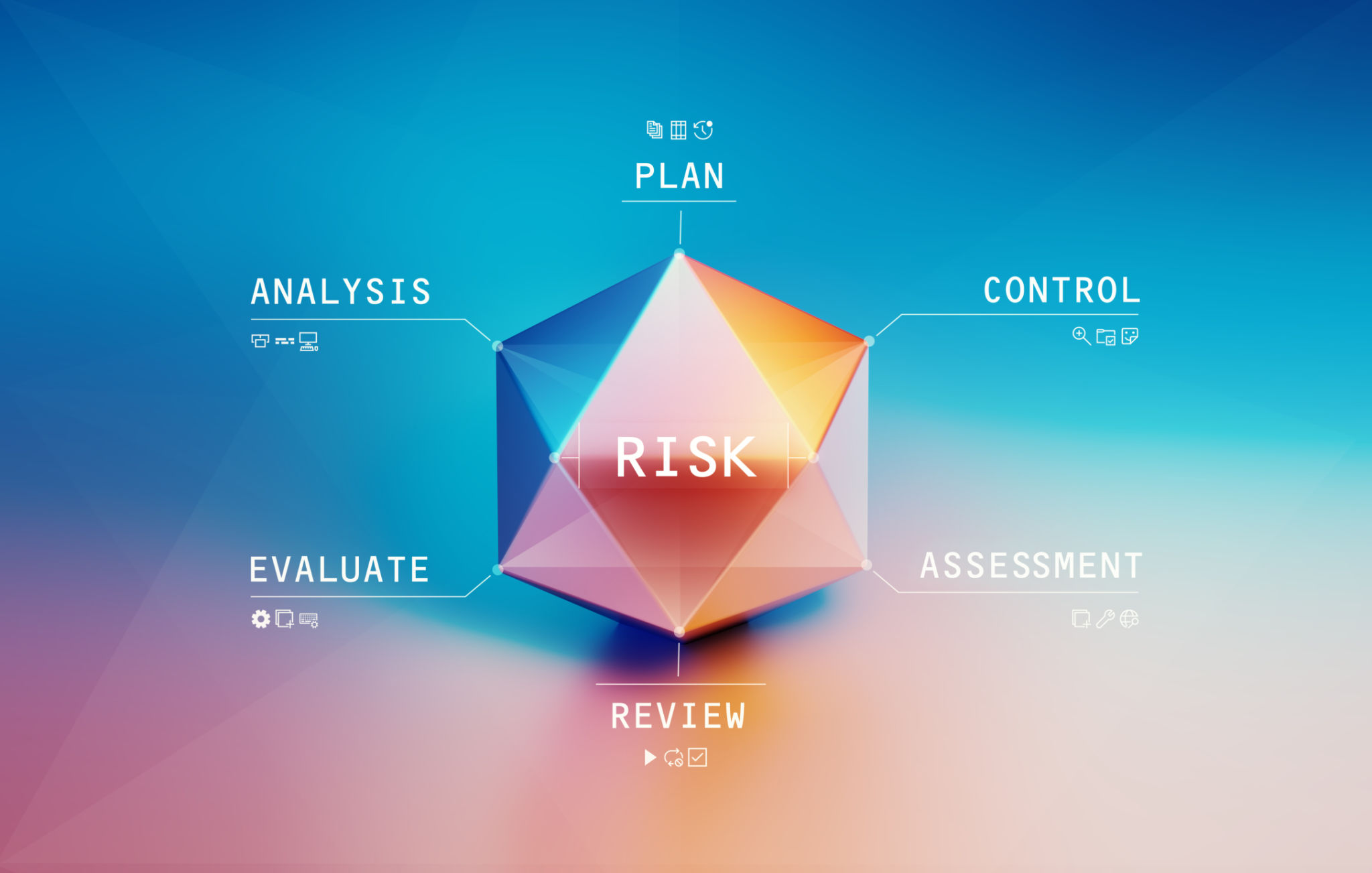Debunking Common Myths About Compliance and Risk Management
KD
Understanding Compliance and Risk Management
Compliance and risk management are crucial components in any organization, ensuring that operations align with legal standards and potential threats are mitigated. However, there are many myths surrounding these concepts that can lead to confusion and inefficiency. In this blog post, we aim to debunk some of the most common myths about compliance and risk management.

Myth 1: Compliance Is All About Following Rules
One of the most pervasive myths is that compliance is simply about adhering to a set of rules or regulations. While regulatory compliance is a significant aspect, it's not the entire picture. Compliance also involves creating a culture of integrity and ethical behavior within the organization. It requires proactive measures to prevent misconduct and ensure that all employees understand and commit to the organization's values.
Myth 2: Risk Management Stifles Innovation
Another common misconception is that risk management hinders creativity and innovation within a company. In reality, effective risk management provides a framework for identifying potential obstacles early, allowing for innovative solutions to be developed in response. This approach can lead to more informed decision-making and foster an environment where creativity thrives without unnecessary exposure to risk.

Myth 3: Compliance and Risk Management Are Expensive
Many businesses assume that implementing compliance and risk management processes is prohibitively costly. While there is an investment involved, the long-term benefits often outweigh these initial expenses. Effective compliance programs can prevent costly legal issues, protect the company’s reputation, and improve operational efficiency. Moreover, a well-structured risk management strategy can save money by avoiding or mitigating potential losses.
Myth 4: Only Large Companies Need Comprehensive Compliance Programs
There's a belief that only large corporations need to worry about comprehensive compliance programs. However, companies of all sizes can benefit from implementing these processes. Smaller businesses are not immune to risks or regulatory requirements, and without the resources of larger corporations, they may be even more vulnerable to the repercussions of non-compliance or unmanaged risks.

Myth 5: Risk Management Is Solely About Avoiding Risks
Risk management is often misunderstood as merely avoiding risks at all costs. In truth, it involves a balanced approach to identify, assess, and prioritize risks so that businesses can pursue opportunities with a clear understanding of potential downsides. This strategic approach allows organizations to take calculated risks that can lead to growth and competitive advantage.
Conclusion
Debunking these myths is vital for organizations aiming to build effective compliance and risk management strategies. By understanding that these processes are more than just rule-following or cost centers, businesses can leverage them to create a robust foundation for sustainable growth. Embracing compliance and risk management as integral parts of the organizational strategy ensures resilience and adaptability in an ever-changing landscape.
